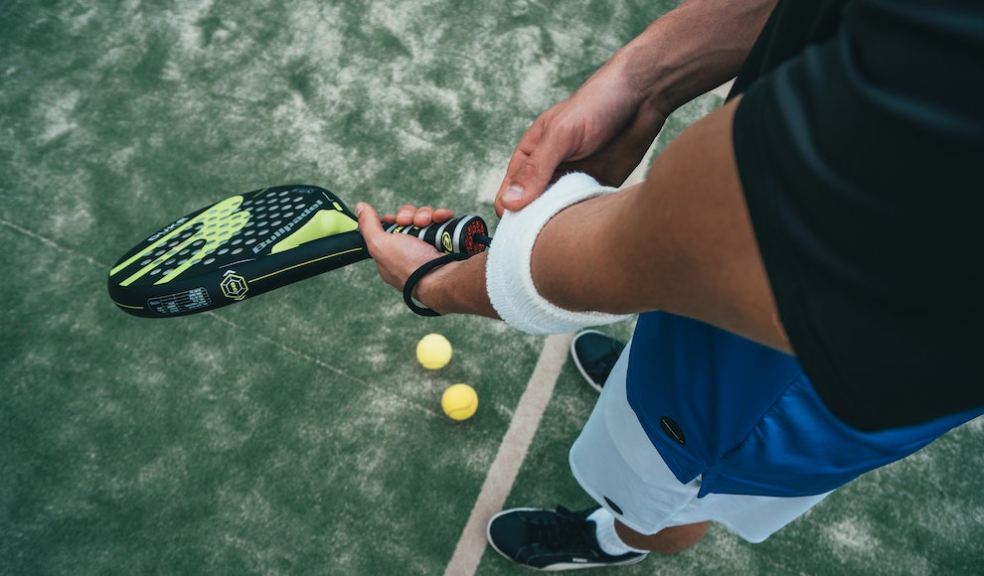
Padel: The Fast-Growing Racquet Sport Taking the World by Storm
In recent years, the world of racquet sports has witnessed a quiet revolution. Padel, a game that combines elements of tennis and squash, has been steadily gaining popularity across the globe. With its unique blend of strategy, athleticism, and accessibility, padel is capturing the hearts of both seasoned athletes and beginners looking for a fun way to stay active. Even holiday destinations like Manor & Ashbury Resorts are opening padel courts for their guests. In this article, we'll delve into the world of padel, exploring its origins, rules, and why it's becoming a favourite pastime for millions.
A Brief History
Padel originated in Acapulco, Mexico, in the mid-1960s, when a Mexican businessman named Enrique Corcuera decided to build a private tennis court on his property. However, due to space constraints, he had to make it smaller than a traditional tennis court. This limitation led to the birth of padel, a game that utilizes the space more efficiently by surrounding the court with walls, much like a squash court.
The Rules of Padel
The rules of padel are simple and easy to grasp, making it an accessible sport for newcomers.
1. Scoring: Padel uses the same scoring system as tennis, with points awarded as 15, 30, 40, and game, but with a slight twist. If both teams reach 40-40, it's called "deuce," and the team that scores the next point gets the "advantage." If they win the next point, they win the game; otherwise, it returns to deuce.
2. Serve: The serving player must start from behind the baseline and hit the ball underhand, making it bounce in their opponent's service box diagonally. The serve is performed diagonally across the court, similar to tennis.
3. Volleys: Unlike tennis, in padel, you can volley (hit the ball before it bounces) from anywhere on the court, including inside the service box. This adds an element of quick reflexes and strategy to the game.
4. Walls: The walls are in play during a point, meaning you can use them strategically to bounce the ball off, creating unique angles and shots.
Why Padel is Gaining Popularity
1. Accessibility: Padel is often touted as one of the most accessible racquet sports. The smaller court size, combined with the fact that volleys are allowed, makes it easier for newcomers to enjoy rallies and feel competent quickly. This accessibility has contributed to its popularity among people of all ages and skill levels.
2. Social Aspect: Padel is inherently a social sport, as it's mostly played in doubles. This social element makes it an excellent choice for people looking to make friends, bond with family, or join a welcoming community of players.
3. Fitness Benefits: Padel is an excellent workout. The fast-paced nature of the game keeps players on their toes, working their cardiovascular system, agility, and reflexes. The constant movement and strategy also provide a mental workout.
4. Minimal Equipment: Unlike some sports that require a significant investment in equipment, padel only requires a racquet, a ball, and access to a court. This affordability makes it an attractive option for those looking to pick up a new sport.
Conclusion
Padel is more than just a sport; it's a cultural phenomenon that's rapidly capturing the hearts and minds of players and spectators alike. Its accessibility, social aspect, and exciting gameplay have turned it into a global sensation. Whether you're a seasoned athlete or someone looking for a new way to stay active, padel offers a thrilling and enjoyable experience for all. So, grab a racquet, head to the nearest padel court, and experience the excitement for yourself.













